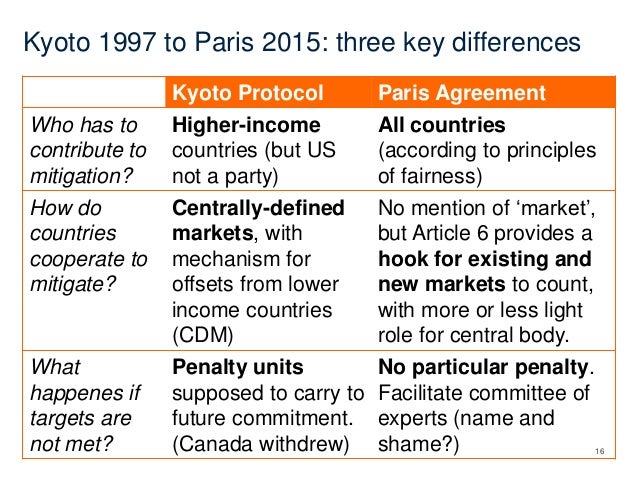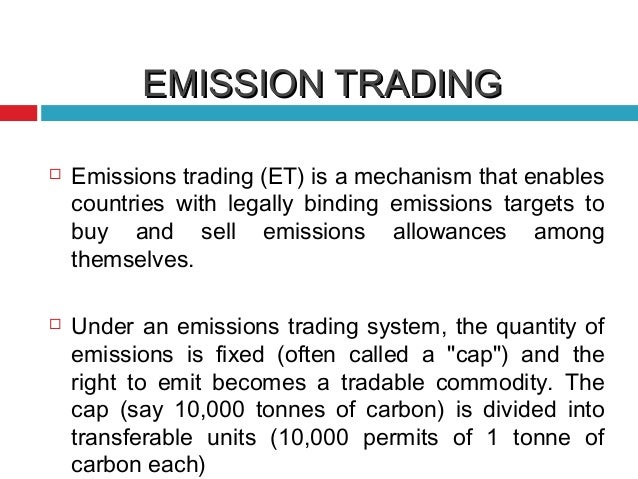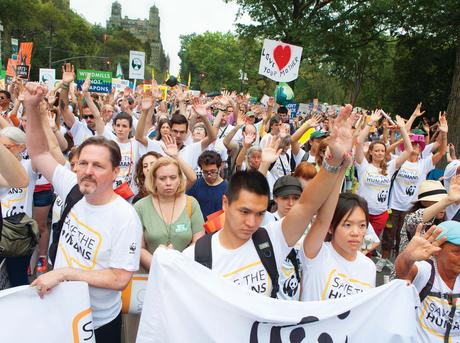Risk and vulnerability - disparities in exposure to climate change
What factors cause some communities to be more vulnerable to extreme weather events than others?
SC MOOC | 3.7 | Urban Risks and Vulnerabilities
Source: https://www.youtube.com/watch?v=0Nh1QrVM9E0&feature=youtu.be
Follow the link for a ranking in readiness and vulnerability to climate change ND-GAIN Country Index
Exposure to climate change risk and vulnerability - Bangladesh
Exposure to climate change risk and vulnerability - Greenland

Global geopolitical action on climate change - Kyoto Protocol and Paris Accord

Climate Deal in Paris: Everything You Need to Know
Carbon emissions offsetting and trading


A carbon offset is a reduction in emissions of carbon dioxide or greenhouse gases made in order to compensate for or to offset an emission made elsewhere.
Carbon offsets are measured in metric tons of carbon dioxide-equivalent (CO2e) and may represent six primary categories of greenhouse gases: carbon dioxide (CO2), methane (CH4), nitrous oxide (N2O), perfluorocarbons (PFCs), hydrofluorocarbons (HFCs), and sulfur hexafluoride (SF6). One carbon offset represents the reduction of one metric ton of carbon dioxide or its equivalent in other greenhouse gases.
There are two markets for carbon offsets. In the larger, compliance market, companies, governments, or other entities buy carbon offsets in order to comply with caps on the total amount of carbon dioxide they are allowed to emit. This market exists in order to achieve compliance with obligations of Annex 1 Parties under the Kyoto Protocol, and of liable entities under the EU Emission Trading Scheme. In 2006, about $5.5 billion of carbon offsets were purchased in the compliance market, representing about 1.6 billion metric tons of CO2e reductions.
In the much smaller, voluntary market, individuals, companies, or governments purchase carbon offsets to mitigate their own greenhouse gas emissions from transportation, electricity use, and other sources. For example, an individual might purchase carbon offsets to compensate for the greenhouse gas emissions caused by personal air travel. Many companies offer carbon offsets as an up-sell during the sales process so that customers can mitigate the emissions related with their product or service purchase (such as offsetting emissions related to a vacation flight, car rental, hotel stay, consumer good, etc.). In 2008, about $705 million of carbon offsets were purchased in the voluntary market, representing about 123.4 million metric tons of CO2e reductions. Some fuel suppliers in the UK offer fuel which has been carbon offset such as Fuel dyes.
Offsets are typically achieved through financial support of projects that reduce the emission of greenhouse gases in the short- or long-term. The most common project type is renewable energy, such as wind farms, biomass energy, or hydroelectric dams. Others include energy efficiency projects, the destruction of industrial pollutants or agricultural byproducts, destruction of landfill methane, and forestry projects. Some of the most popular carbon offset projects from a corporate perspective are energy efficiency and wind turbine projects.
Geo-engineering
Civil society strategies to address global climate change - WWF in the USA

WHAT WWF IS DOING
To adequately address the climate crisis we must urgently reduce carbon pollution and prepare for the consequences of global warming—which the world is already experiencing—and raise our collective voice for action. Combining global outreach with local expertise, WWF’s focus is on:
PREPARING FOR A CHANGING WORLD
WWF works with local communities, governments and others around the world to help people and nature prepare for the many impacts of a changing climate. To do this we:
Work with communities and governments to understand and prepare for climate change
Integrate environmental considerations into disaster recovery, reconstruction, and risk reduction
Study how people’s responses to climate change affect ecosystems and wildlife
Assess species to determine traits that make them resilient or vulnerable to changes in climate.
DELIVERING ON THE PROMISE OF THE PARIS AGREEMENT
In the US and globally, WWF is leveraging its expertise, reach and partnerships to call for urgent and accelerated action on climate from all sectors of society in order to deliver on the ambitious temperature goals of the historic Paris Agreement. WWF is helping accelerate climate action by:
- Providing financial support to developing countries as an implementing partner of the Global Environment Facility (GEF)
- Helping transition developing countries to clean energy sources like wind and solar
- Working with companies and cities to switch to 100% renewable energy and harnessing their purchasing power to drive bigger change
- Ensuring that ecosystem-based approaches to adaptation are incorporated into national development plans
- Collaborating with US Latino leaders and communities to raise awareness of climate risks from Latin America to North America
- Curbing climate pollution from international aviation
REDUCING EMISSIONS FROM DEFORESTATION
Forests are nature’s greatest technology for combating climate change: they naturally absorb carbon dioxide (CO2), reducing the amount of this heat-trapping gas in our atmosphere. When forests are not managed responsibly, they release large quantities of C02 into the atmosphere. Deforestation and degradation are the largest sources of C02 emissions after the burning of fossil fuels. Scientists estimate up to 13% of global carbon emissions come from deforestation.
WWF saves forests and fights climate change by:
- Supporting REDD+, which offers financial incentives to developing countries that create and implement strategies to manage and use their forests responsibly.
- Creating multi-million dollar funds to properly manage forests that are designated as protected.
- Working to end illegal logging.
- Ensuring that global climate change agreements reduce forest loss and degradation.
- Helping countries and regions assess the benefits nature provides under different development and climate change scenarios.
Corporate strategies to address global climate change - CERES (coalition for environmentally responsible economies)
Ceres is a sustainability nonprofit organization working with the most influential investors and companies to build leadership and drive solutions throughout the economy. Through powerful networks and advocacy, Ceres tackles the world’s biggest sustainability challenges, including climate change, water scarcity and pollution, and human rights abuses.
Synthesis and evaluation
Use the content from this post to plan and answer the following question:
‘Explain why perspectives may be different about the need for, practicality and urgency of action on global climate change ’. 10 marks
Use markscheme on page 56 from the new syllabus guide (AO3)



No comments:
Post a Comment